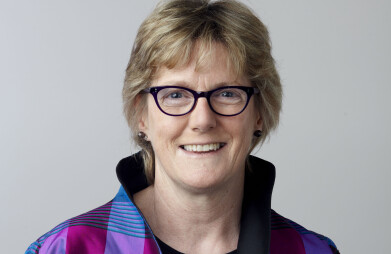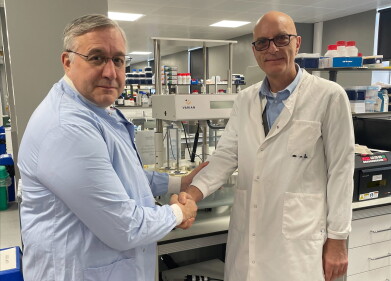News
Deaths from antimicrobial resistance set to rise steeply by 2050
Jan 08 2025
So-called ‘superbugs’ could claim an additional ‘40 million lives’ across the next 25 years, says former chief medical officer for England
Dame Sally Davies has said the world faces a growing antibiotic emergency that will have a devastating impact worldwide ─ if the problem is not seriously addressed soon ─ reported the UK’s Observer newspaper.
Davies, chief medical officer between 2010 and 2019, has become a leading advocate for global action against the growing levels of antimicrobial resistance (AMR) to antibiotic medicines.
Davies added that there is a real danger that many aspects of modern medicine – from childbirth to routine surgeries or oncology treatments – could again carry life-threatening risks similar to those faced by previous generations who lived prior to the use of penicillin which was first marketed in January 1946.
About a million people die every year because of the spread of AMR, and that figure will rise over the next 25 years,” she said. “It is really scary.”
Nominate your winners for the Labmate Awards for Excellence 2025
Following 2024’s year-long celebrations of the 50 years anniversary of International Labmate, this year marks the launch of the inaugural ‘Labmate Awards for Excellence 2025’ – our celebrat... Read More
“Recent data has shown [while] AMR is going down in the under-fives ─ [conversely] for the over-70s, mortality rates have gone up 80% since 1990. That is very concerning.”
Regulatory and policy bodies have tried to limit the over prescription of antibiotics, where possible and patients have been encouraged, and should be educated, to complete those courses of antibiotic treatment prescribed – even if they have started to feel well again part way through taking a course of tablets.
Medical use of antibiotics is however only one vector for resistance spread. The broader problem stems how around 70% of all antibiotics are given prophylactically to livestock which risks creating an animal cohort where resistance can develop.
“We’re essentially throwing antibiotics at cows, chicken and sheep as a cheap alternative to growth promoters or [ironically, in order to attempt to stop] the spread of disease,” said Davies.
“[Where there is] intensive farming [and] a lot of antibiotics are used – or perhaps in a busy hospital that has a poor sewage system – resistant bacteria grow and then get into waterways.”
The normal processes of wind and weather than pass over these areas of land, or water, where there is AMR contamination and will pick up bacteria (and their AMR genes) to then rain them down in other places.
“That is how pernicious this problem has become.”
“Bacteria take about 20 minutes to multiply. They also mutate a great deal, and if they do so in the presence of antibiotics and that mutation protects them, these strains will continue to multiply [as other weaker strains die off]. Crucially they can pass that on to any bacteria with which they make contact.”
AMR spreads incredibly easily which means it is becoming more and more important that we do not misuse the antibiotics we possess. It also generates a need for new antibiotics to be developed – but again this raise problems, said Davies.
“We’ve had no new classes of antibiotics come into routine use since the late 1980s and the [economic, profit-led, ‘blockbuster’] model that would promote the creation of new ones [has broken down].
Those antibiotics that still remain effective to the most highly resistant microbes are increasingly being reserved by health agencies in order to treat the most difficult cases.
Dealing with the problem of AMR is not insurmountable, insisted Davies, but it must be tackled with a sense of urgency, she insists.
Digital Edition
ILM 50.2 March 2025
March 2025
Chromatography Articles - Effects of small deviations in flow rate on GPC/SEC results Mass Spectrometry & Spectroscopy Articles - Waiting for the present to catch up to the future: A bette...
View all digital editions
Events
Mar 31 2025 Beijing, China
Microbiology Society Annual Conference 2025
Mar 31 2025 Liverpool, UK
Apr 01 2025 New York, USA
Apr 02 2025 Saigon, Vietnam
Apr 09 2025 Tokyo, Japan





















